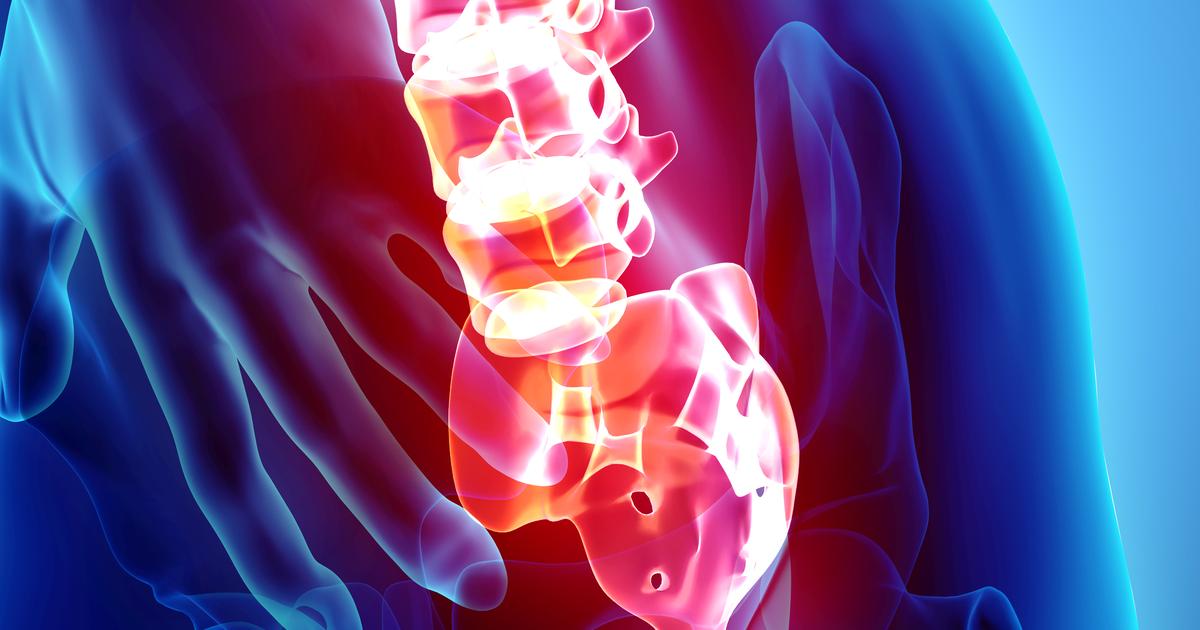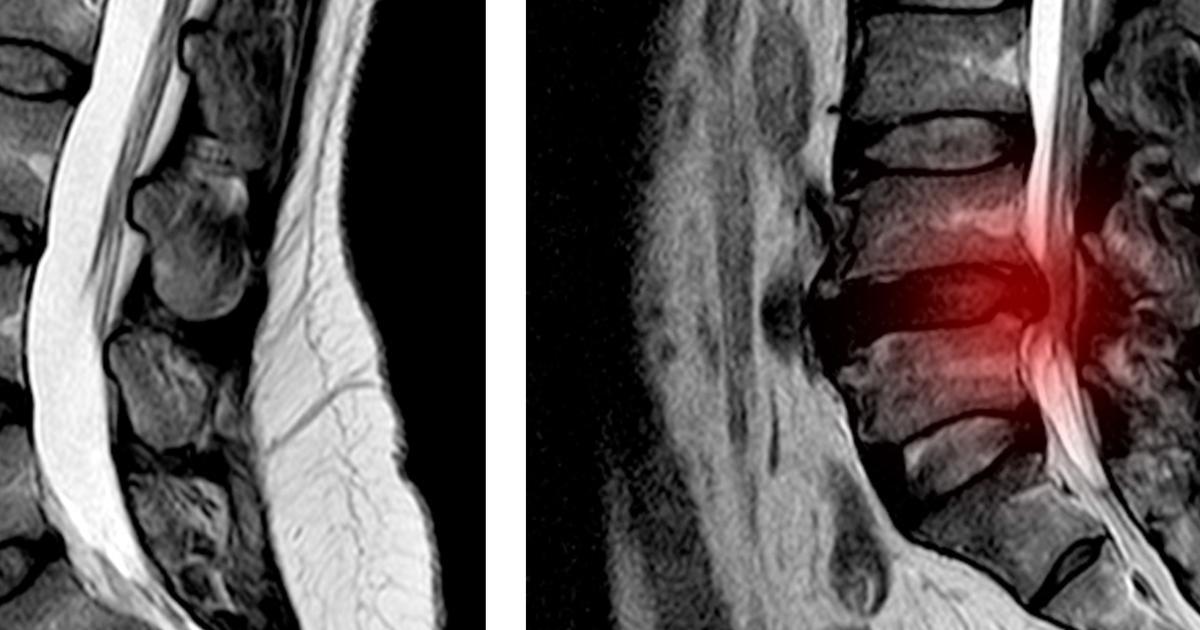Guide To The Locations And Types Of Spinal Cord Injuries
Lumbar Spinal Cord Injuries
A lumbar spinal cord injury occurs when an individual incurs damage to the section of their spinal cord that controls and influences their legs and hips. The lumbar spinal cord region is located underneath the cervical and thoracic spine. The nerves that control communication between an individual's legs and brain are found in their lumbar spine. Unlike the other sections of the spine, only the L1 and L2 levels of the lumbar section actually contain spinal cord tissue. Injuries that occur at the L3 to L5 levels occur to the nerve roots instead of the spinal cord. Injuries that impact the lumbar spinal cord cause dysfunction in the grain, hips, thighs, and abdominal muscles. Lumbar spinal cord injuries may result in the need for the part or full-time use of a wheelchair, the need for walking devices or braces to mobilize, paraplegia with functional independence, lack of bladder control, and lack of bowel control. If the injury is limited to the lumbar spinal cord, the patient should retain all of their upper-body mobility and strength. Except for requiring the use of a wheelchair or walking equipment, patients who experience a lumbar spinal cord injury live reasonably normal lives.
Continue reading to reveal the third location of spinal cord injuries next.
Sacral Spinal Cord Injuries

When an individual has a sacral spinal cord injury, they have incurred damage to the part of their spine that controls the back of their thighs, pelvic organs, buttocks, and hips. Sacral spinal injuries are the least common type out of all of the spinal cord injuries. The sacrum is a triangular bone that sits between an individual's lumbar spine and tailbone. The spinal cord tissue itself is contained past the lumbar spine, but rather nerve roots. Injuries that occur at the S1 level cause a functional loss in the patient's hips and groin. Injuries at the S2 level result in functional impairment of the back of the thighs. Injuries that occur at the S3, S4, and S5 levels result in a functional loss in the medial buttocks and perianal area. Injuries that occur at the sacral level may affect a one or both sides of the body. Individuals who experience a sacral spinal injury have symptoms that include lack of bladder control, lack of bowel control, sexual dysfunction, lower back pain, pain in the legs, sensory issues in the groin, and sensory issues in the buttocks.
Get familiar with the last major location of spinal cord injuries now.
